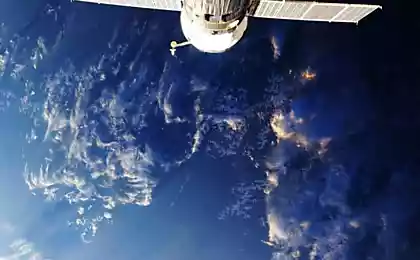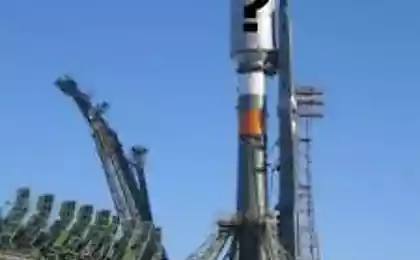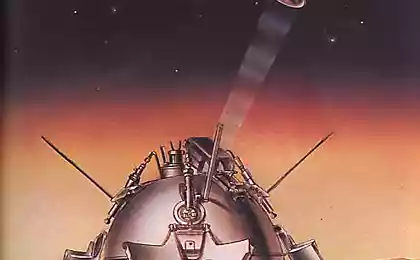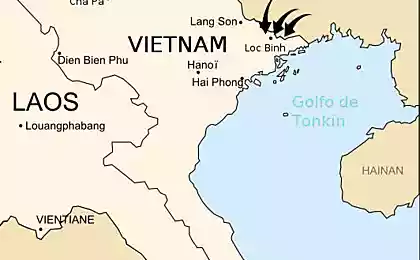2696
Chinese History of Cosmonautics
Actually, my hands got a smartphone that fully supports navigation using the navigation system of the Chinese 北斗 (Big Dipper). On the market these smartphones have to go out in the mid to late 2014, but it's not that.
I thought about that, on what this system works, and who is that the findings of these satellites into orbit, and decided to write a brief overview of the history of the development of Chinese space exploration. Who cares - welcome under the cut. Many heavy pictures.
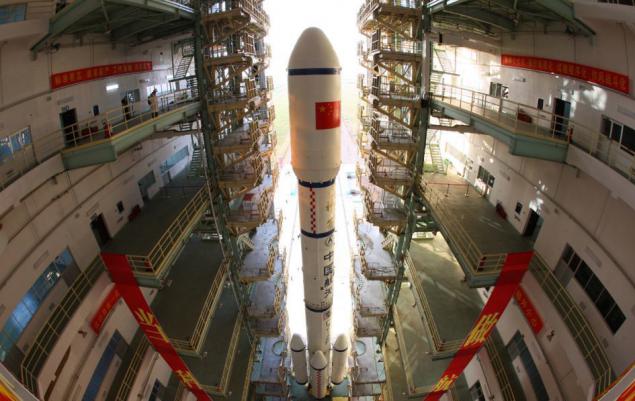
Why the Chinese space program is called taykonavtikoy? Do not torture, residents of Thailand and Taiwan is not to blame. Just on the Chinese space sounds like 太空 (taykong), which translated means "too empty».
The date of birth can be considered Chinese astronautics November 16, 1957. This day was founded 中国 运载火箭 技术 研究院 (Chinese Research Institute for rockets) .
Then, of course, he looked a little different.
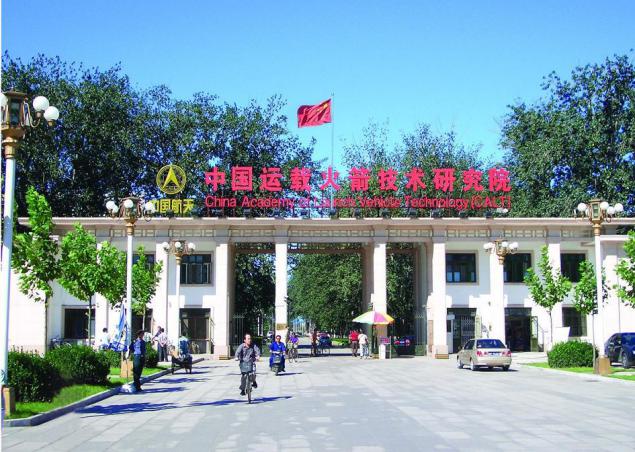
Chinese Research Institute for launch vehicles h6>
Jiuquan spaceport launch pad h6>
Rocket "East Wind 1" before running h6>
Postcard China Post with the image of her companion "Krasny Vostok 1» h6>
Booster 长征 一号 (Long March 1) with the satellite 东方 红 一号 (Krasny Vostok-1) at the launch site in Jiuquan. H6>
Launch "Long March 2" after take-off and for a few seconds before falling h6>
Landing satellite h6>
About this newspaper even wrote -) h6>
UAV 神舟 一号 (Celestial Boat-1) h6>
Beijing Workers PCO happy successful launch space station 天宫 一号 (Heavenly Palace-1) h6>
June 26, 2012 h6>
June 29, 2012 h6>
11 June 2013 h5>
Chinese orbital space station 天宫 一号 (Heavenly Palace-1) h6>
I thought about that, on what this system works, and who is that the findings of these satellites into orbit, and decided to write a brief overview of the history of the development of Chinese space exploration. Who cares - welcome under the cut. Many heavy pictures.

Why the Chinese space program is called taykonavtikoy? Do not torture, residents of Thailand and Taiwan is not to blame. Just on the Chinese space sounds like 太空 (taykong), which translated means "too empty».
The date of birth can be considered Chinese astronautics November 16, 1957. This day was founded 中国 运载火箭 技术 研究院 (Chinese Research Institute for rockets) .
Then, of course, he looked a little different.

Chinese Research Institute for launch vehicles h6>
The first launch site was built a year later - in October 1958. Called it 酒泉 卫星 发射 中心 (Tszyutsyuansky satellite launch center), it is located in the Inner Mongolia Autonomous Region near the eponymous town 酒泉 (Jiuquan), which, incidentally, is in the neighboring province of 甘肃 (Gansu). Area - 2,800 square kilometers.
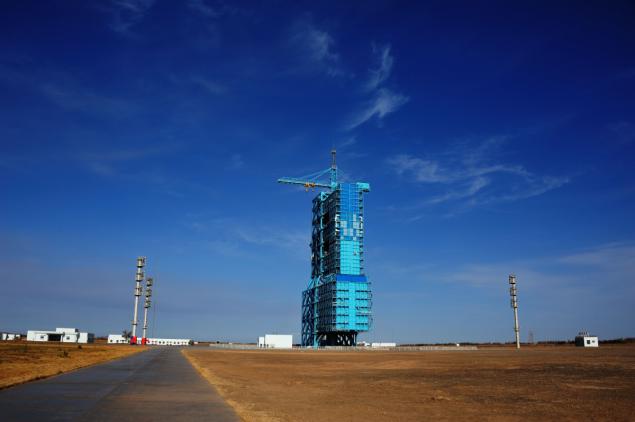
Jiuquan spaceport launch pad h6>
From this cosmodrome November 5, 1960 was the first rocket launched. However, the purpose of this rocket have been far from peaceful.东风 一号 (East Wind-1) was first made in China ballistic missile short-range (up to 1000 km). Now its layout is stored in the Museum of the PLA.
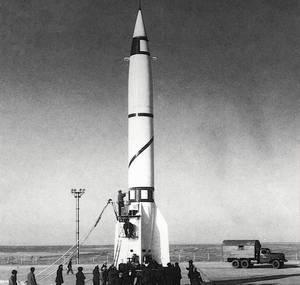
Rocket "East Wind 1" before running h6>
So still some people believe it is the birthday of taykonavtiki April 24, 1970. On this day, from the Baikonur Jiuquan launched the first satellite of the peace made in China - 东方 红 一号 (Krasny Vostok-1)
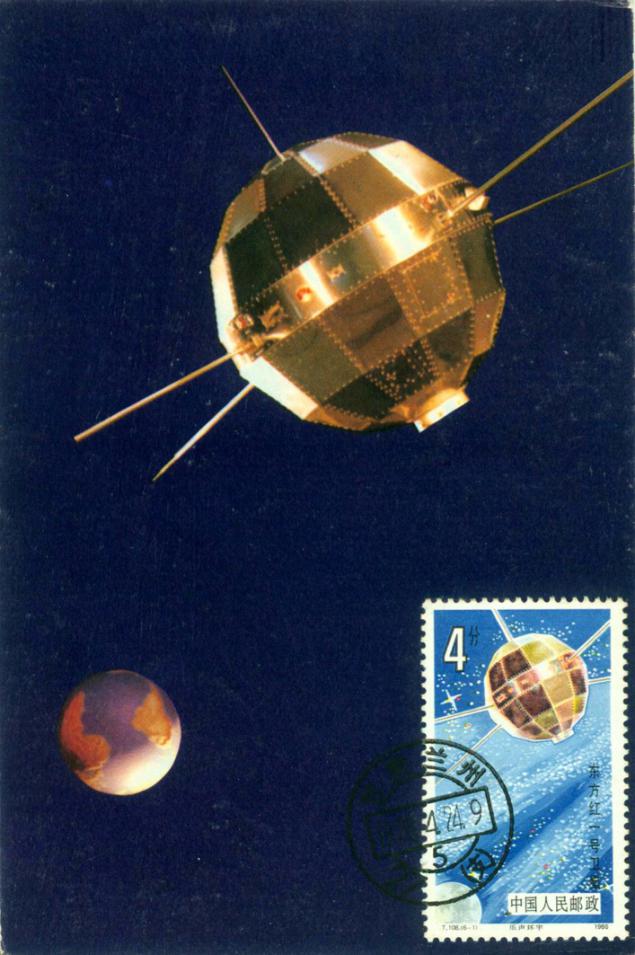
Postcard China Post with the image of her companion "Krasny Vostok 1» h6>
As the carrier rocket was used 长征 一号 (Long March 1) - the first space rocket, made in China. All were released two versions of CZ-1 and CZ1-D. Differed from the second series of the first bit of the reduced length and a larger effective mass, which she was able to put into orbit. We used a three-stage arrangement.
According to some, the first launch with the same companion was held a year early - November 16, 1969, but failed. Official sources no such information.
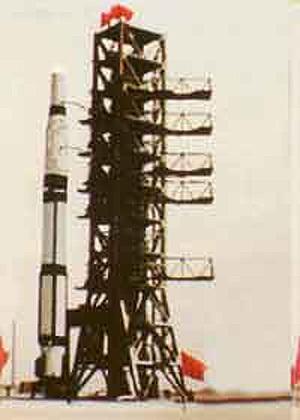
Booster 长征 一号 (Long March 1) with the satellite 东方 红 一号 (Krasny Vostok-1) at the launch site in Jiuquan. H6>
New modification of the family of carrier rockets CZ-2 was first launched November 5, 1974. Because of the break in the wiring in the control rocket lost orientation in space and fell to the ground.
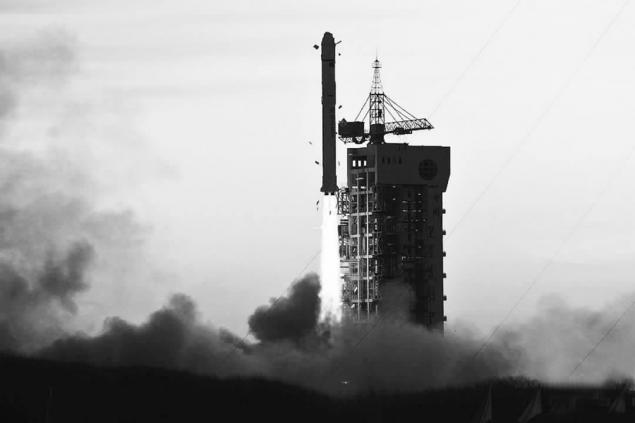
Launch "Long March 2" after take-off and for a few seconds before falling h6>
Over missile work was carried out, and its new modification CZ-2C F-01 November 26, 1975 successfully launched China's first satellite, which then successfully landed on Earth.

Landing satellite h6>
Boosters CZ-2 in different modifications made so far. This lightweight aggregates that can be put into orbit a weight of 3850 kg into low Earth orbit and 1,250 kg to geosynchronous transfer orbit.
Following successful launches were made in 1976, 1978, 1982 and 1983. All these were the satellites, which are then returned to Earth.
January 29, 1984 there was another setback. When you first start the real rocket of a new modification CZ-3, which was carrying a satellite 东方 红 二号 (Krasny Vostok-2) due to the interference of unidentified third stage of the rocket did not come out on the planned orbit.
After this occurred an average of two to three year run. It was built two new cosmodrome was improved systematically family of launch vehicles.
April 7, 1990 was a momentous event - the satellite was launched 亚星 一号 («Star of Asia -1") - the first commercial satellite in China, built for foreign partners. That is, from this point taykonavtika began to bring money into the state budget. After this incident, the Chinese began to use the services of more countries - from Thailand to Brazil.
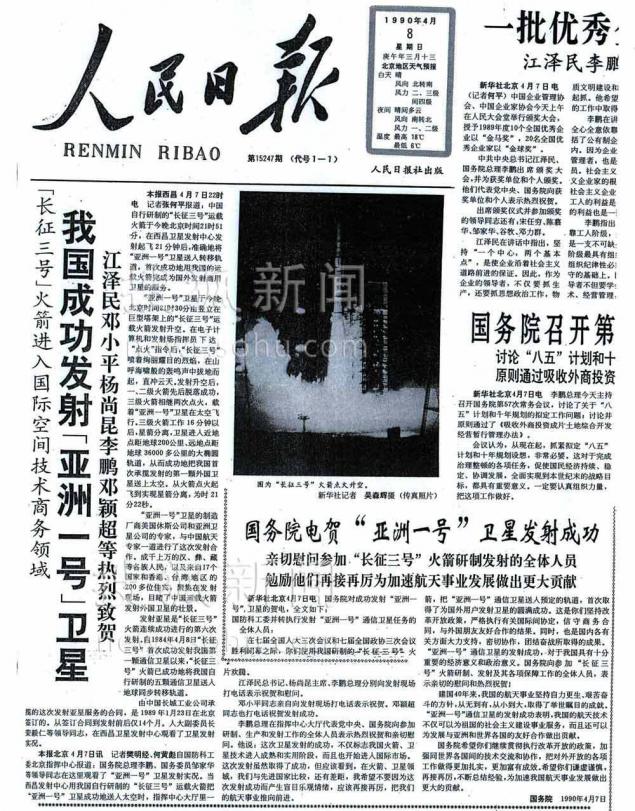
About this newspaper even wrote -) h6>
November 20, 1999 there was a new milestone - was developed and launched the first unmanned aerial vehicle 神舟 一号 (Celestial Boat-1). Carrier rocket performed the same "Long March", but new modifications
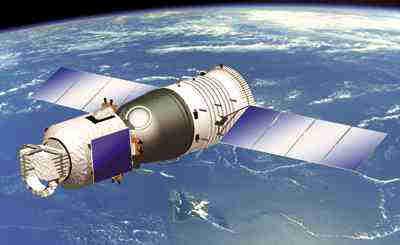
UAV 神舟 一号 (Celestial Boat-1) h6>
May 25, 2003 was passed another pylon - launched the first satellite navigation system 北斗 一号 (Ursa-1).
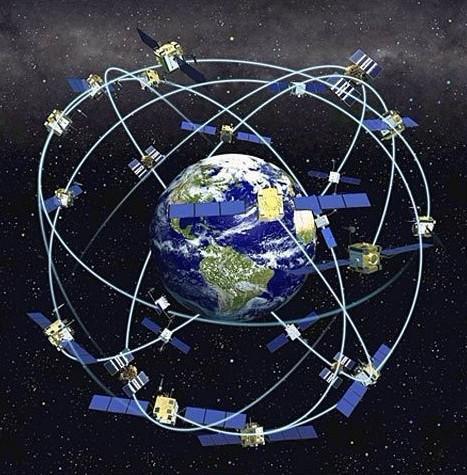
October 15, 2003 in space marked the first Chinese astronaut - 杨利伟 (Yang Li Wei).
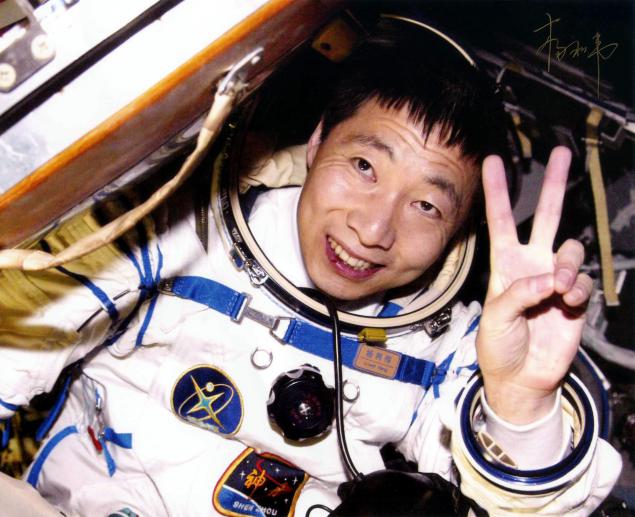
Number of starts increased from year to year. If in 2006 there were 6 runs, while in 2007 they already had 10 in 2008 - 11, in 2010 - 15, 2011 and 2012 - 19.
October 24, 2007 launched the first Chinese lunar satellite 嫦娥 一号 (Moonlight Fairy-1)
September 27, 2008 the first taikonaut spacewalk. His name was 翟志刚 (Zhai Zhigang). The flight was on 神舟 七号 (Heavenly boat-7)
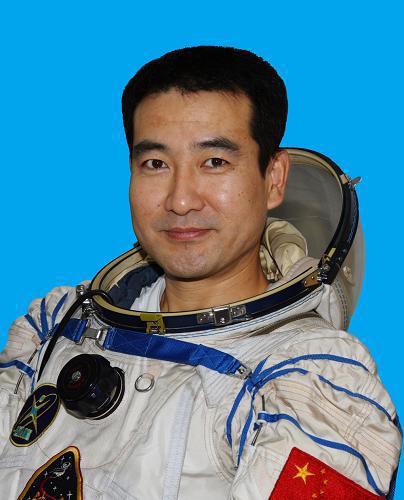
October 1, 2010 was launched the second satellite of the moon.
June 18, 2012 in space visited first woman taikonaut - 刘洋 (Liu Yang)

And starting in 2012, the Chinese space agency has realized that the cosmos must PR. Only recently, the web has become possible to find pictures \ video \ texts about taikonaut and space projects.
Managed all of 北京 航天 飞行 控制 中心 (Beijing flight control center).
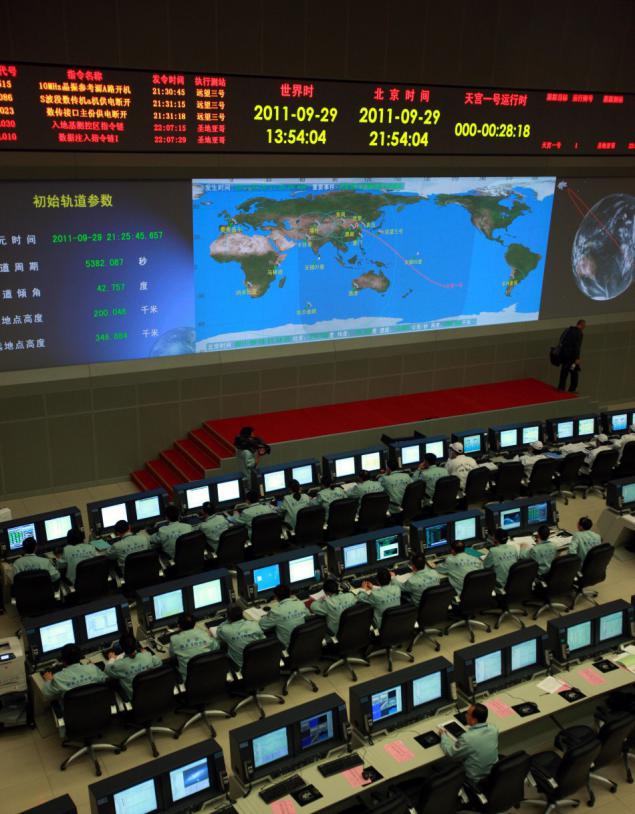
People celebrate successes. Only recently indoor MCC allowed photo-filming.

Beijing Workers PCO happy successful launch space station 天宫 一号 (Heavenly Palace-1) h6>
Chinese President Hu Jintao congratulates crew 神舟 九号 (Celestial Boat-9).
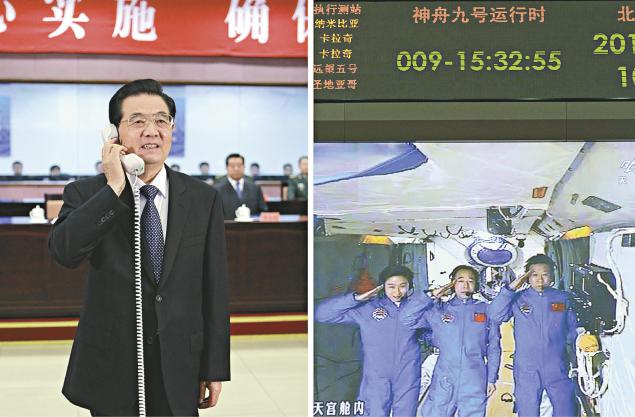
June 26, 2012 h6>
Allowed media presence on the ground landing modules and ships.
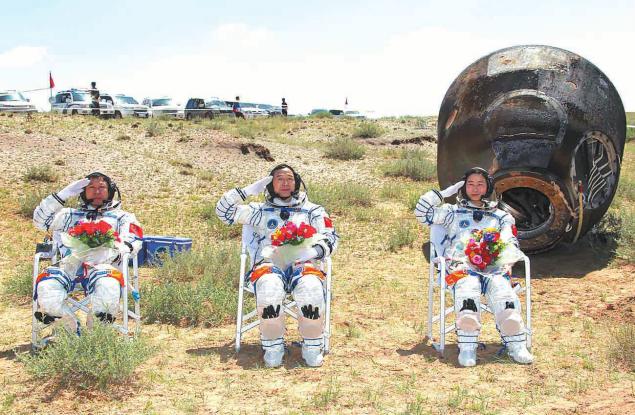
June 29, 2012 h6>
Allowed media presence at the Baikonur
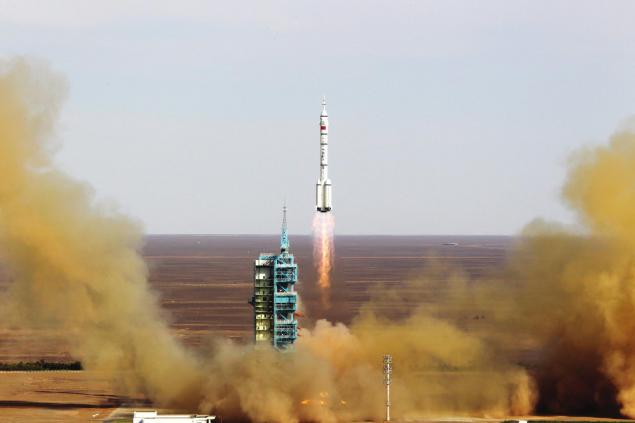
11 June 2013 h5>
Hold video talks with the space station crew live.
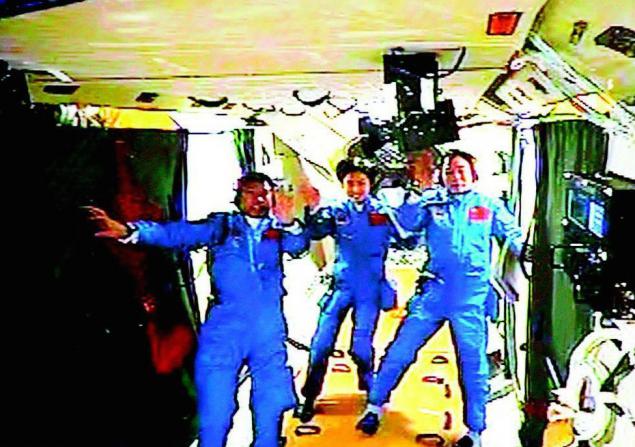
Last run to date was held March 31, 2014. The official number was 189 runs, of which ended in failure 8, partial failure - 1. To date, China has three spaceport - 太原 (Taiyuan), 酒泉 (Jiuquan) and 西昌 (Xichang).
The family of launch vehicles has several models - from ultralight CZ-2 and CZ-9 superheavy that will display up to 130 tons into low orbit and up to 50 tons into geostationary orbit
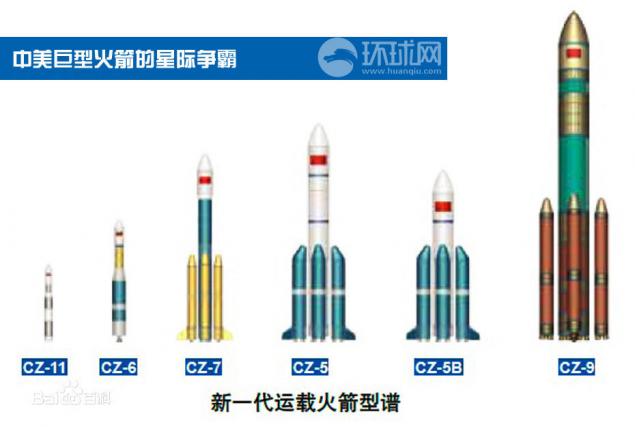
At present its orbit space station, which has already visited several dozen taikonaut. Is preparing to launch the second model, after which the first will be decommissioned.
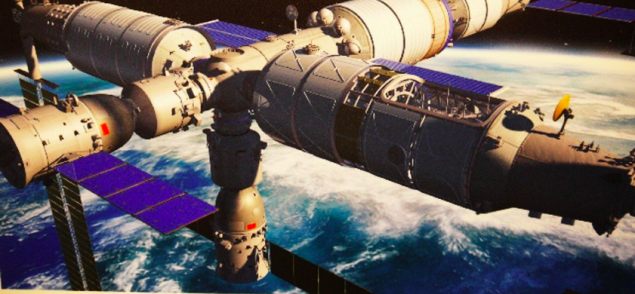
Chinese orbital space station 天宫 一号 (Heavenly Palace-1) h6>
Phones with Chinese navigation system 北斗 二号 (Ursa-2) will enter the market until 2015, and until 2020, the satellites of this system will serve the entire territory of the Earth.
Overall, we continue to follow with interest ...
About moonwalker I did not mention - the information about it enough and in the Russian segment of the Internet.
Thank you all for your attention. I hope it was interesting.
Interesting links:
Шикарная presentation about the state of taykonavtiki 2012
History launches Chinese spacecraft
Chinese space agency
Chinese Research Institute for rockets
Source: habrahabr.ru/post/223427/
On Indiegogo collect money for low-cost prototype fusion reactor
On the way to Mount Sharp Curiosity drilled sandstone and "shoot" laser




















